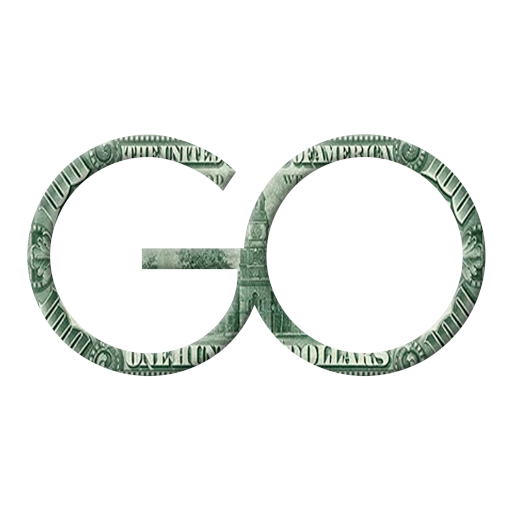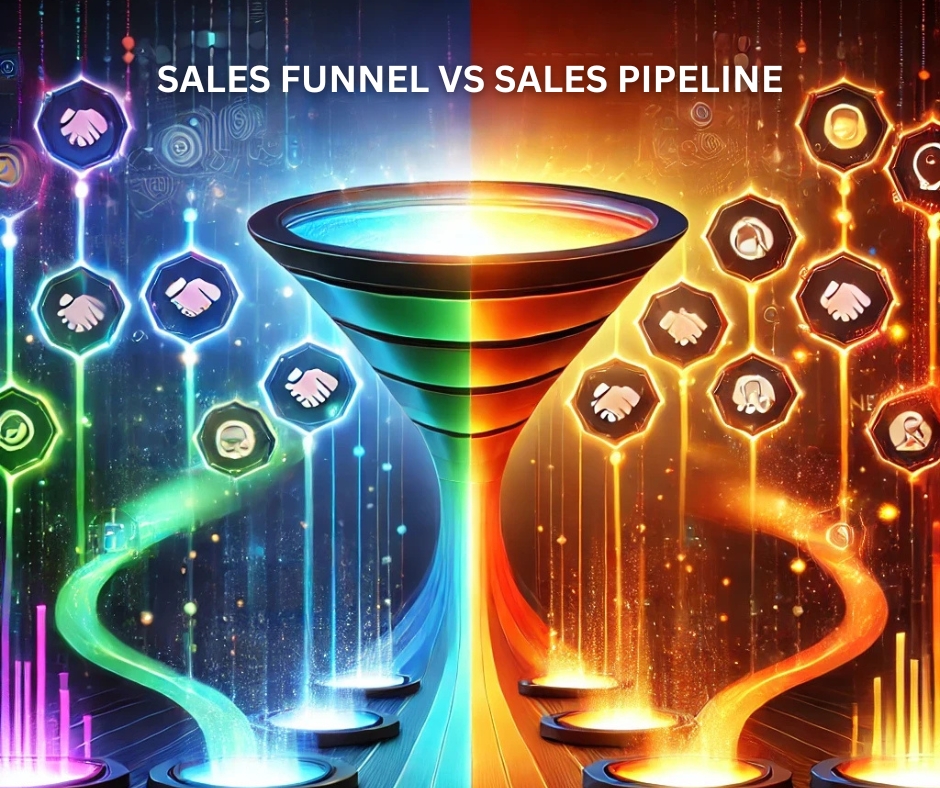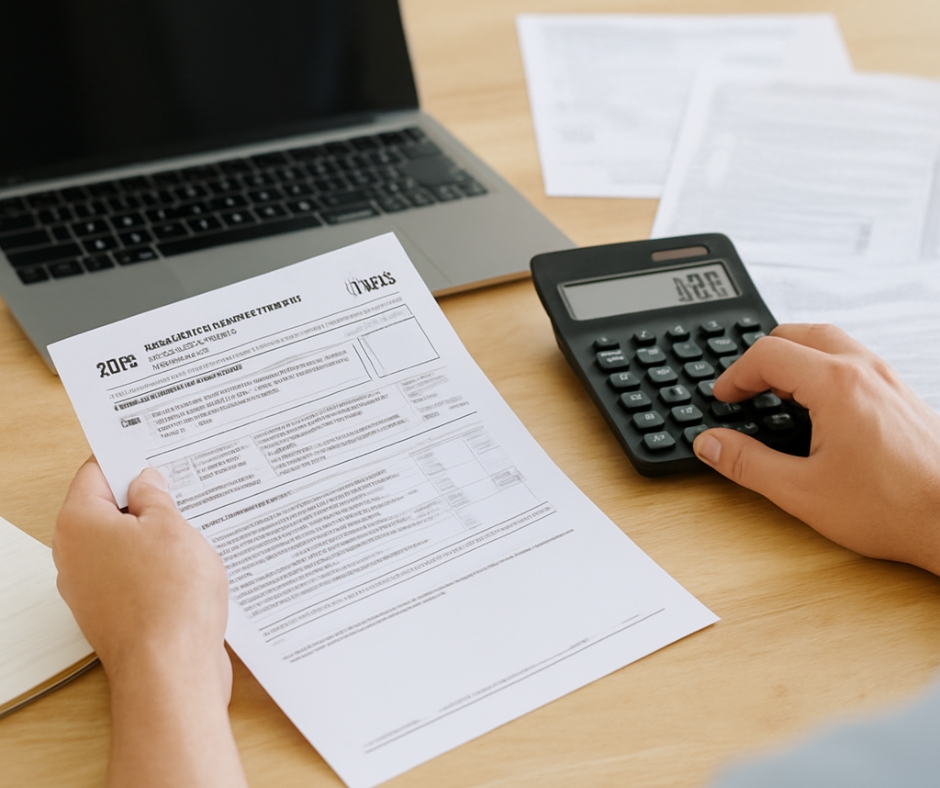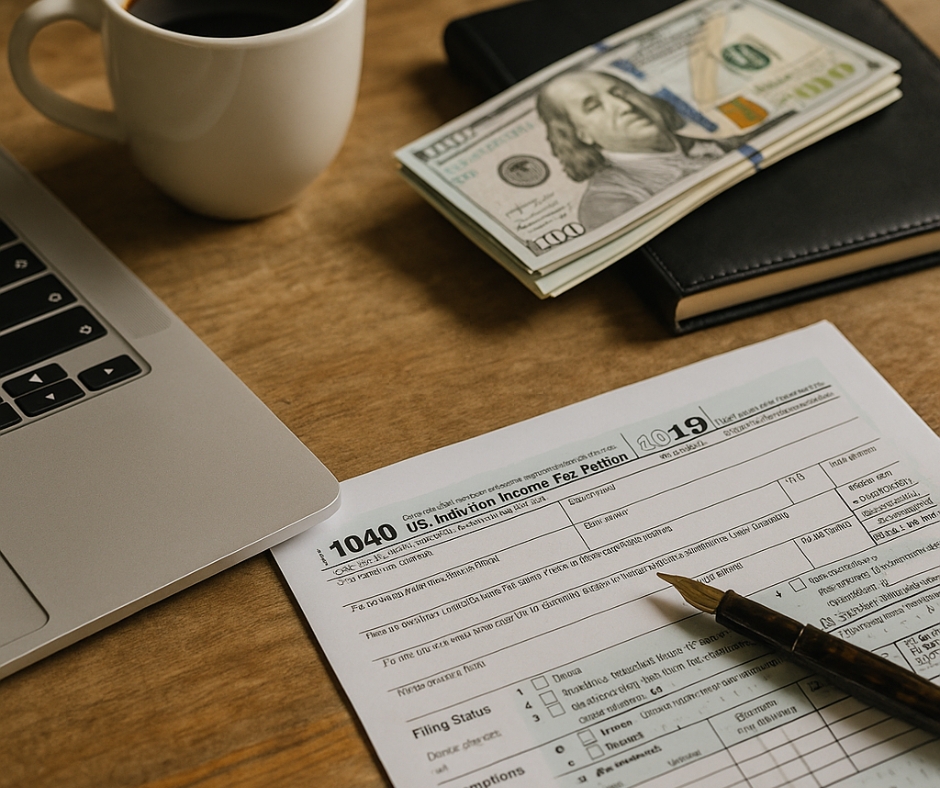Introduction: Why Understanding Sales Processes Matters
Many businesses struggle with the distinction between a sales funnel vs. sales pipeline. These two frameworks are often confused, but they serve unique purposes. Understanding their differences is critical for optimizing sales strategies, improving conversions, and increasing revenue.
The sales funnel represents the buyer’s journey from awareness to conversion. It focuses on customer behavior—how prospects move through stages of interest, consideration, and decision-making.
On the other hand, the sales pipeline is an internal sales process. It focuses on the actions taken by sales teams to move deals forward. It tracks prospects through different sales stages, ensuring a structured approach to closing deals.
Why does this distinction matter? If your business relies only on a sales funnel, you may generate leads but struggle to convert them. If you focus solely on the sales pipeline, you might neglect customer nurturing, resulting in lower-quality leads.
Let’s dive deep into what sets these two apart, how they work together, and how you can optimize both for maximum success.
What is a Sales Funnel?
A sales funnel represents how prospects move from initial awareness of your brand to making a purchase. It’s called a “funnel” because the number of potential buyers decreases as they progress through each stage.
The Four Core Stages of a Sales Funnel
- Awareness:
- At this stage, potential customers first discover your business.
- They may find you through social media, blog content, search engine results, or referrals.
- Effective tactics include SEO, paid ads, content marketing, and influencer partnerships.
- Interest:
- Now that prospects are aware of your brand, they start exploring your products or services.
- They might subscribe to your newsletter, follow your social media, or download a free resource.
- This is the point where lead nurturing begins, focusing on building trust and providing value.
- Consideration:
- Prospects are evaluating your offerings against competitors.
- They look at pricing, reviews, case studies, and testimonials to assess credibility.
- Businesses must offer clear, compelling reasons why their solution is the best choice.
- Decision:
- The prospect is ready to make a purchase decision.
- This is where well-structured calls to action (CTAs), limited-time offers, and strong sales messaging make a difference.
- Follow-up strategies like personalized emails and retargeting ads can close the deal.
Why a Sales Funnel Matters
- Predictable Revenue: Helps forecast sales based on lead conversion rates.
- Better Lead Qualification: Filters out unqualified leads before reaching the sales team.
- Marketing Optimization: Shows which marketing efforts generate the highest ROI.
What is a Sales Pipeline?
A sales pipeline is a step-by-step process sales teams follow to turn leads into paying customers. Unlike a funnel, which focuses on customer behavior, a pipeline focuses on sales team actions.
The Six Key Stages of a Sales Pipeline
- Lead Generation:
- Sales teams prospect for new customers through cold outreach, inbound leads, and referrals.
- Tools like CRM software and LinkedIn Sales Navigator can streamline lead identification.
- Initial Contact:
- The first outreach happens through cold calls, emails, networking events, or social media messages.
- A well-crafted value proposition increases response rates.
- Qualification:
- Not every lead is worth pursuing.
- Sales reps assess budget, authority, need, and timeline (BANT framework) to determine if a lead is worth moving forward.
- Proposal & Presentation:
- The sales team demonstrates the value of the product or service.
- A strong pitch tailored to the prospect’s needs increases the likelihood of a deal.
- Negotiation:
- Price adjustments, contract terms, and additional perks may be discussed.
- Understanding buyer psychology and overcoming objections are key to closing the deal.
- Closing the Deal:
- Once agreements are finalized, the customer signs the contract.
- A seamless onboarding process ensures customer satisfaction and retention.
Why a Sales Pipeline Matters
- Improves Efficiency: Helps sales teams track progress and prioritize high-potential leads.
- Boosts Conversions: A structured pipeline reduces lost opportunities.
- Enhances Collaboration: Aligns sales teams with clear action steps and follow-ups.
Sales Funnel vs. Sales Pipeline: The Key Differences
| Aspect | Sales Funnel | Sales Pipeline |
|---|---|---|
| Focus | Customer Journey | Internal Sales Process |
| Perspective | Buyer’s View | Sales Team’s View |
| Stages | Awareness, Interest, Consideration, Decision | Lead Generation, Contact, Qualification, Proposal, Negotiation, Closing |
| Goal | Convert Prospects into Customers | Move Deals Toward Closure |
| Measurement | Conversion Rates | Sales Process Efficiency |
Both are essential for a successful sales strategy. A strong funnel generates qualified leads, while an optimized pipeline ensures they convert into customers.
How to Align Your Sales Funnel and Sales Pipeline for Maximum Impact
To maximize success, both need to work together. Here’s how:
- Define Your Ideal Customer Profile (ICP):
- Align marketing and sales efforts with targeted audience personas.
- Focus on high-quality leads that fit your business model.
- Create Value-Driven Content:
- Use blog posts, videos, lead magnets, and email sequences to nurture leads effectively.
- Integrate Sales & Marketing Efforts:
- Ensure marketing generates qualified leads that match sales expectations.
- Use a CRM system to keep both teams aligned.
- Optimize Lead Nurturing & Follow-Ups:
- A structured email follow-up process increases conversions.
- Retargeting ads help re-engage warm leads.
- Leverage Analytics & Automation:
- Use data to identify drop-off points in the funnel and pipeline.
- Automate repetitive tasks to improve efficiency.
Conclusion: Why You Need Both a Sales Funnel and a Sales Pipeline
A sales funnel attracts and nurtures leads. A sales pipeline turns those leads into revenue.
By aligning these two frameworks, you create a seamless system that generates, nurtures, and converts leads effectively.
To improve your business’s sales performance, refine both your funnel and pipeline continuously. Use data-driven insights, automation tools, and strong follow-up strategies to stay ahead of the competition.













